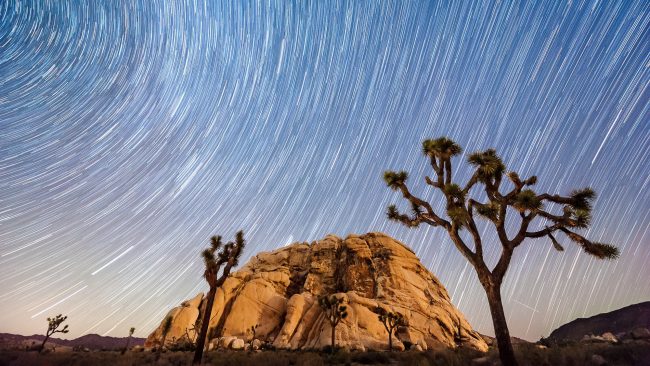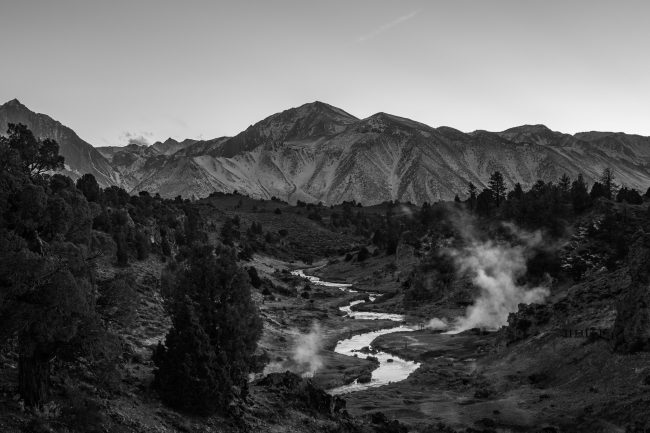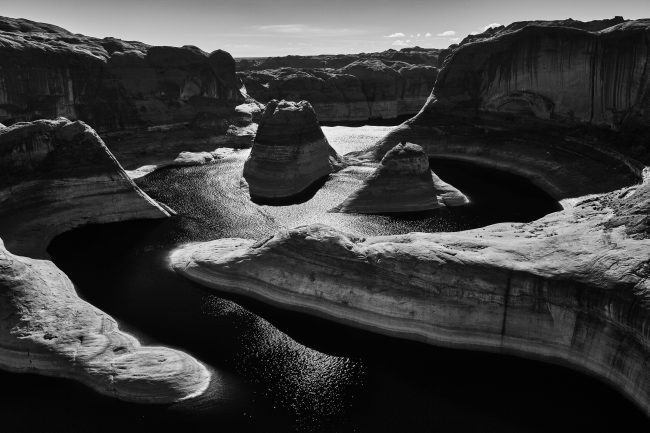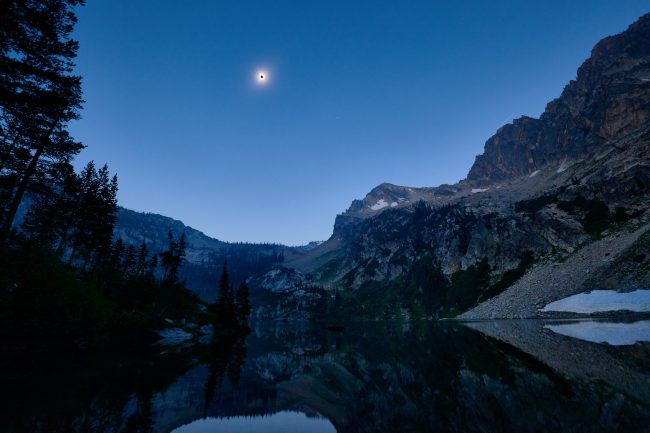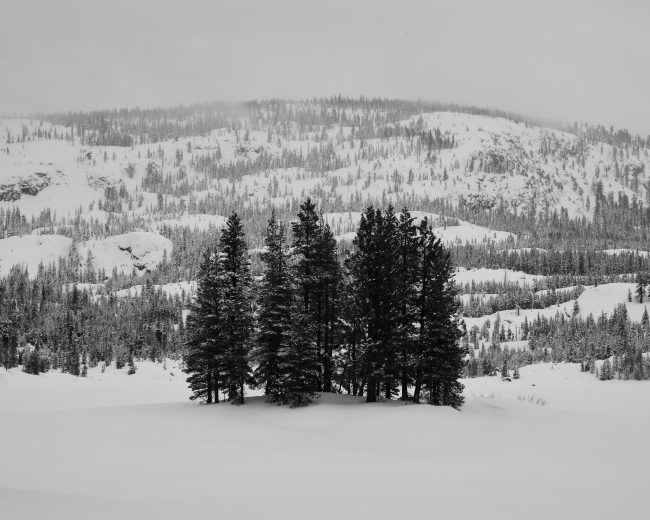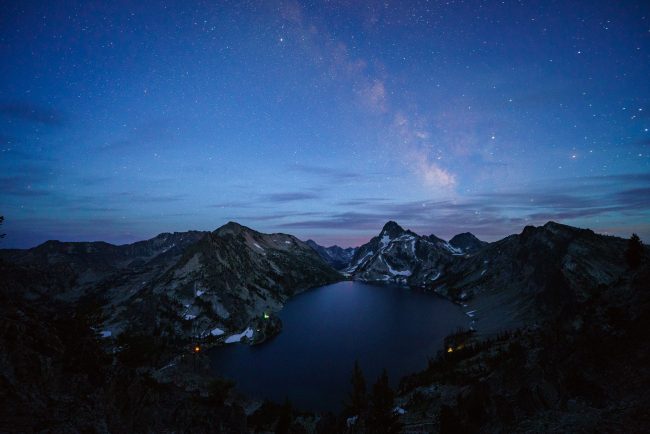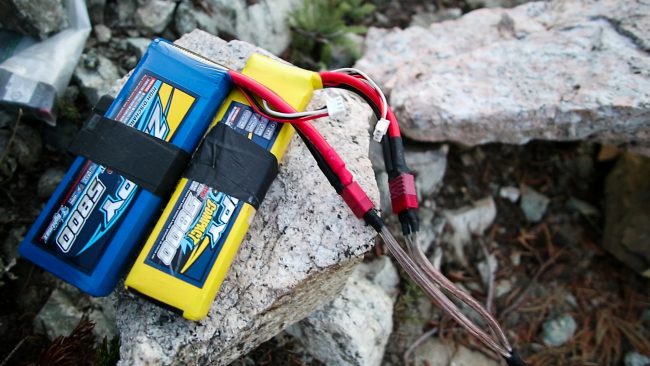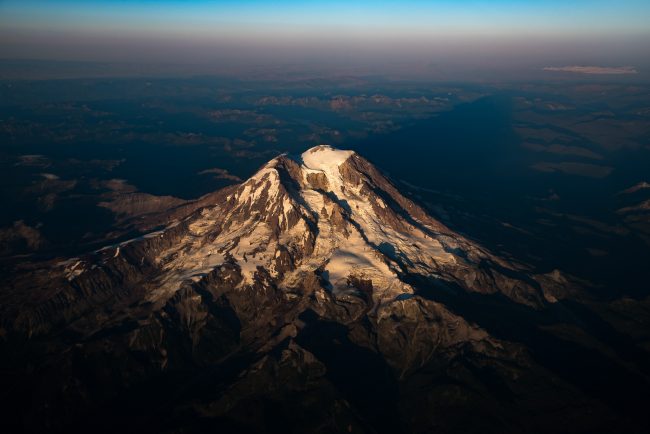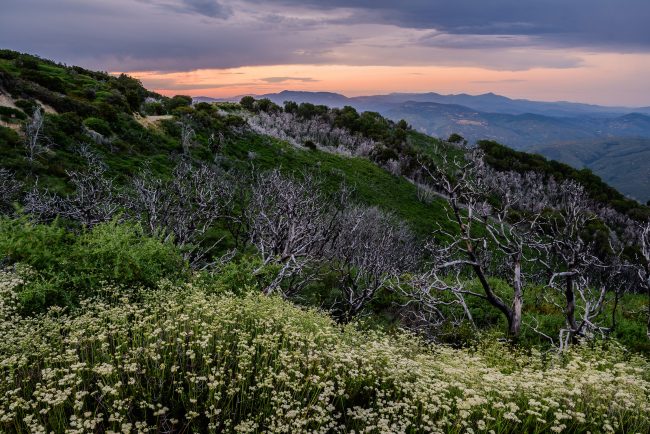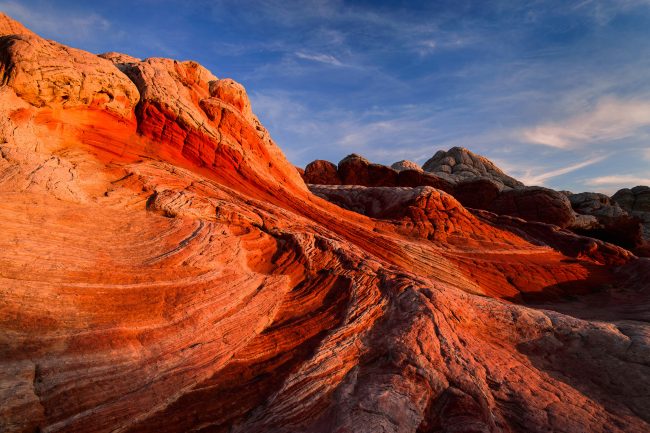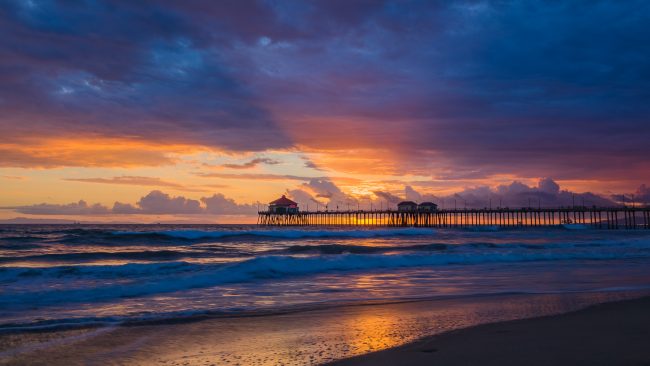Equipment
Guide to Wilderness Photography and Timelapse Filming

Whenever I get back from a big adventure, friends ask how it went. Inevitably I must answer, “it involved lots of misery and sleep-deprivation, but I think some of the pictures turned out.” …If this sounds familiar, you might be a wilderness landscape and nightscape photographer.
This article is about my adventures over the years, and the pictures I captured with whatever camera gear I had at the time. I’ve spent plenty of time on a pretty tight gear budget, and through the help of rental companies such as Lensrentals.com, I’ve also been fortunate to have had access to some of the best equipment on the market.

Nikon D800e, Nikon 14-24mm f/2.8
This image is a stack of ~90 minutes worth of back-to-back 4-minute exposures.
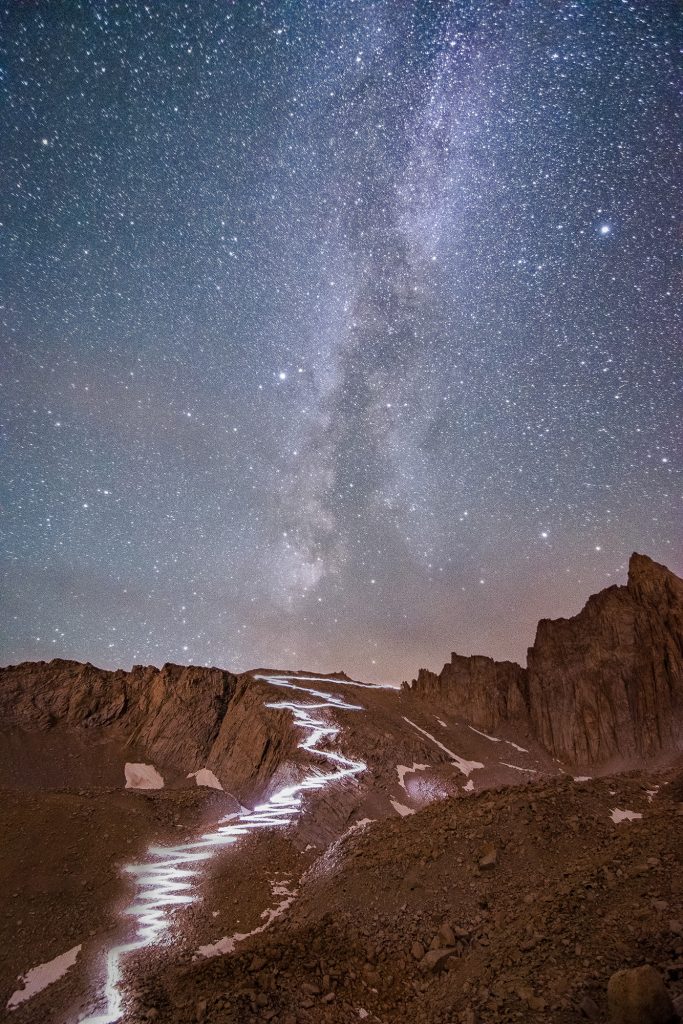
Nikon D5300, Tokina 11-16mm f/2.8
This image is a stack of ~90 minutes worth of back-to-back exposures for the earth, plus a single 30-second exposure of the sky.
The First Rule of Timelapse and Nightscape Photography: You Can Never Have Too Many Cameras
As a timelapse and nightscape photographer, it’s not as simple as picking the one best camera and lens for the adventure you’re planning. Because when doing timelapse, each creative idea you have could occupy your camera for hours at a time. Even as a general nightscape photographer, one final image could take 15-30 minutes or more to shoot.
That’s why I like to carry multiple systems with me at any given time. At the very least I like to travel with two cameras, both of which are capable of professional results. One camera to shoot a timelapse with, and another camera to shoot either still photos or another timelapse. If possible though, I’ll bring three or even four cameras on an adventure so that I can capture 2-3 time-lapses simultaneously and still be able to shoot still photos as well.
Usually, this means bringing at least one full-frame camera, sometimes two, plus at least one or two APS-C cameras, and finally, maybe one or two 1” sensor compact cameras or even my trusty GoPro Hero 5.
Deciding Which Camera(s) to Take on an Adventure
Lately, a lot of my adventures have been planned around a single photographic goal. Sometimes this is an extraordinary event such as a solar or lunar eclipse, other times it is a more seasonal phenomenon such as a wildflower bloom, or the alignment of the Milky Way or a moonrise over a scene.
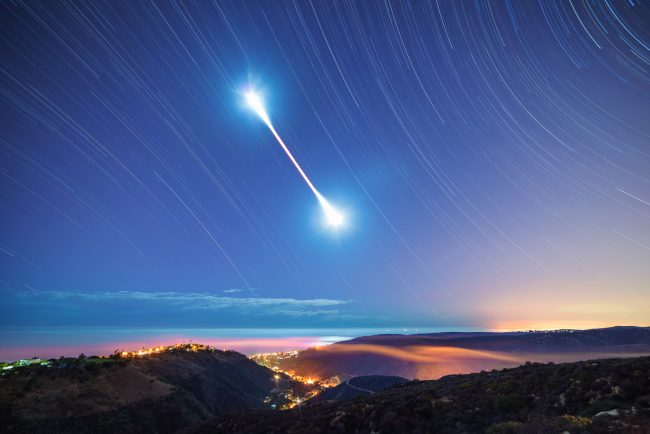
Lunar eclipse trail, Laguna Beach California
Nikon D800e, Rokinon 14mm f/2.8
This image is ~3 hours worth of back-to-back 4-minute exposures
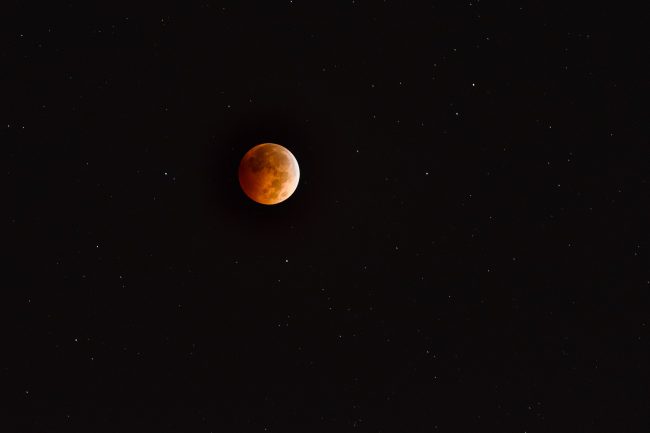
Lunar eclipse, Laguna Beach California
Nikon D5300, Nikon 70-200mm f/2.8 VR2
This image is two exposures blended for dynamic range
Aside from the importance of an event itself, the distance and intensity of a hike is another factor that influences how many cameras I can bring. If I’m only going to be a few steps away from my car, the decision is easy: bring everything I think I could need. If I’m going to be trekking many miles into the wilderness for days on end, however, the decisions become a little bit more complex. Suffice it to say; inevitably I somehow manage to pack either too few cameras or too many. Murphy’s law, I guess.
My Favorite Full-Frame Camera for Adventure and Timelapse Photography
My full-frame camera of choice is currently the Nikon D750, for its versatile balance of image quality, portability, and affordability. Other cameras in the D750’s price range do offer similar image quality in a lightweight package, admittedly, however, none of them also offer dual card slots and hand-me-down flagship autofocus, which unfortunately is something I need for my “day job,” wedding photography.
For most adventures lately, I’ve preferred my Nikon D750, however from time to time I’ve opted to buy/rent/borrow a higher-resolution camera body. The Nikon D800e and Nikon D810 have served me well on a few adventures, as has the Sony A7RII. However, as an all-around fantastic camera, I must admit I’m curious about the Nikon D850, but I feel it would be foolish not to wait and see what the D750’s successor can offer.
24 megapixels is a good sweet spot for a landscape and timelapse photographer though; it’s enough to make big prints with confidence, yet not too much overkill for trips when I come home with 10,000 or more timelapse frames. One thing that helps significantly is Nikon’s full variety of raw quality options; I use 14-bit lossless NEF for most still shooting, and 12-bit compressed (yes, lossy) for most timelapse shooting. This makes a noticeable difference in keeping storage consumption down on longer adventures.
Lens Choices for Landscapes & Timelapses
The best full-frame lens for the job depends on the job. When shooting “traditional” landscapes at tight apertures, I do not need fast glass, and I opt for a sharp f/4 or variable aperture zoom or two. The Nikon 24-120mm f/4 VR is an incredible mate to my D750, and the combination has served me well for many years.
The Nikon 14-24mm f/2.8 is a go-to lens for any astro-landscape photographer, of course, and the numerous ones I’ve used over the years have all served me well. (Except for the one I bought on eBay that had been dropped on concrete. I returned it immediately.)
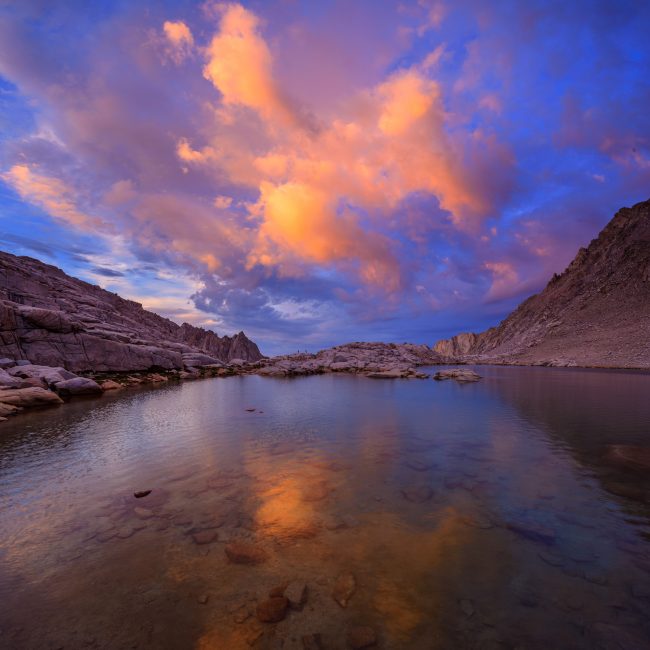
Sunset over Consultation Lake in the Whitney Zone, August 2014
Nikon D800e, Nikon 14-24mm f/2.8
3-image vertical panorama
I don’t shoot many telephoto images, so I’ve yet to invest in a “serious” telephoto landscape lens like the Nikon 70-200mm f/4 VR. Once, out of curiosity, I bought Nikon’s lightest telephoto zoom, an old film era 80-200mm f/4.5-5.6 lens, on eBay for $25. It was not as sharp as I’d wanted it to be, but for a meager $25 and 11 ounces, I bring it on backpacking trips where I think I might take at least a few telephoto images.
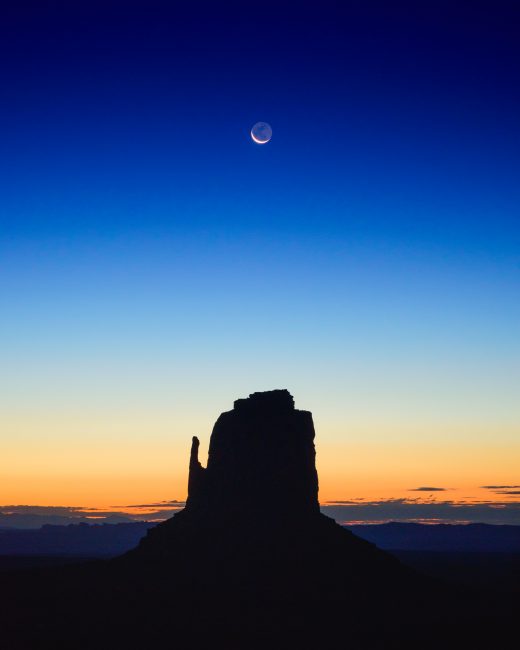
Moonrise at Sunrise, Monument Valley Navajo Tribal Park, Arizona
Nikon D750, Nikon 80-200mm f/4.5-5.6 AF-D
Timelapse and Nightscape Photography on Mirrorless Cameras
A question I get asked frequently is, “what about the new Sony A— full-frame mirrorless camera, have you tried that?”
Indeed, I have tried them. All except the Sony A9, which I have no interest in anyway, not for landscapes (I’d rather have a Sony A7RII) or timelapse. (I’d rather have a Sony A7SII). It would be hypocritical of me to “slam” mirrorless systems, though, because in some (though not all) cases they can be lighter weight than a DSLR setup, and weight savings when hiking a few miles can make a huge difference.
So, why haven’t I switched yet, as someone who buys and sells camera gear pretty compulsively? Mainly because most of the advantages of the Sony system are not ones that help a timelapse or nightscape photographer, (IBIS, etc.) while the disadvantages, unfortunately, do significantly hinder me. (battery life, viewfinder and LCD brightness control at night.)
I do use Sony FE cameras sometimes, though, and when I do, I bring an external 7.5-volt power source that is connected directly to a dummy battery. This is the only practical way to shoot on long trips in the wilderness with any Sony camera that still uses the NP-FW50 battery.
If Nikon, Canon, or Sony can deliver an affordable full-frame mirrorless camera with a massive battery and the right sensor for my shooting needs, then I’ll consider it. A direct DC-IN port (not just USB) like the older pro-Nikons all had would be a huge bonus.
APS-C Cameras for Landscape and Timelapse Photography
As much as I would love to bring two full-frame cameras everywhere, I often choose a 2nd camera that is a lightweight APS-C body and a dedicated APS-C lens. Thankfully, a fair number of APS-C kits these days offer incredible performance that I feel isn’t a compromise at all!
My current favorite camera for lightweight travel is the GPS-enabled Nikon D5300. Of course, if you do your own GPS logging with an external device then any of the late model Nikon D5— series cameras have about the same fantastic image quality. However the D5300 is the cheapest of the bunch, so I’ll stick with it.
I’m not too worried about the lack of weather sealing or general robustness of this beginner DX series of cameras; I usually know what I’m getting myself into when I go out into the wilderness, and I take a little extra care to protect un-sealed cameras in nasty weather. No matter what camera I’m using, if I’m doing a timelapse for any extended period, I usually put a bag over my the camera anyways. (It is worth noting, however, that even on the occasion that I did forget to bag my cameras, …they all survived an extensive deicing ordeal just fine!)
Using Dedicated APS-C Lenses
For serious landscape photographers, there are numerous wide-angle mid-range lenses that are more than good enough to impress even a full-frame user. One of my favorite general travel lenses is the Nikon 16-80mm f/2.8-4; it’s a wicked-sharp lens that doubles as an excellent astro-landscape lens thanks to its f/2.8 aperture at the wide end.
My favorite go-to APS-C lens, however, is the Rokinon 16mm f/2, it is simply the most impressive 24mm equivalent lens I have ever shot with; it rivals any full-frame 24mm prime at most any aperture. If you get a good copy and take good care of it, that is.
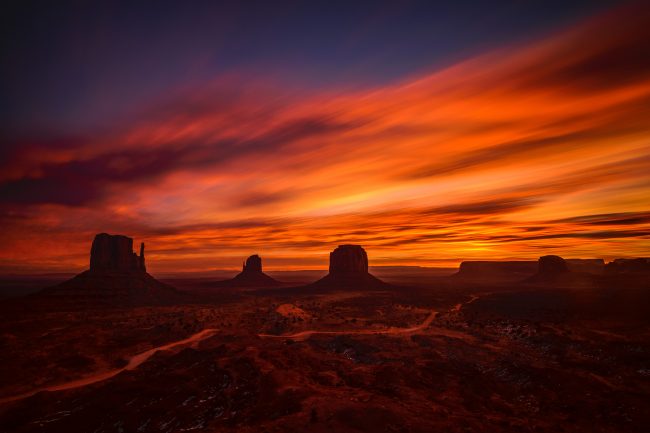
Red-hot winter sunrise, Monument Valley Navajo Tribal Park, Arizona
Nikon D5300, Tokina 11-16mm f/2.8 DX, Tiffen 9-stop ND filter
Single exposure – 80 sec. @ f/9 & ISO 100
Last but not least, Tokina’s entire lineup of ultra-wide APS-C zooms are fantastic, and of course, my favorites as a nightscape photographer are the Tokina 11-16mm f/2.8 and the Tokina 11-20mm f/2.8. For the folks who don’t shoot at night at fast apertures, however, the Tokina 12-28mm f/4 is another great option. Oppositely, for the folks who value sheer speed even more than the focal range, the Tokina 14-20mm f/2 is an exotic piece of kit that is well worth considering.
Compact Cameras for Landscape and Timelapse Photography
Lastly, and admittedly least, I sometimes add a small 1” sensor camera to my backpack.
If your legs, back, or shoulders are getting sore from an over-stuffed camera bag, and yet somehow your budget is still ready for more, then a camera like the Sony RX100 or Sony RX10 series offer a fantastic balance of decent image quality and serious portability. You can shoot up to a 4K timelapse with the raw files and get decent results up to ISO 1600, or even 3200 depending on your personal standards.
Shooting stills on such a compact camera will be a noticeable compromise in printability. However, I’ve learned to simply be realistic about which images I’m going to be printing huge, and which images I’m just capturing to tell a smaller part of the overall story of the adventure.
Grab a Camera and Go on an Adventure
Sometimes I feel that lately more and more negativity is being aimed at the “gearheads” in photography. Honestly, though, photography is supposed to be a fun hobby, and gear is just part of the fun. As long as you avoid any delusions about magical improvements in your photography when buying new gear, you’ll be fine.
I hope this brief story will inspire other photographers to grab whatever camera gear they can and go out on an adventure!
Take care, and travel safely.
Author: Matthew Saville
My name is Matthew Saville and I am an astro-landscape and timelapse photographer based in Southern California. I have been exploring the American West with family and friends my whole life, and have been serious about wilderness adventures and astro-landscape photography since 2005.
-
Astro Landscapes
-
geekyrocketguy
-
geekyrocketguy
-
Astro Landscapes
-
Samuel H
-
Ralph Hightower
-
Bob B.
-
Athanasius Kirchner
-
Astro Landscapes
-
Samuel H
-
Astro Landscapes
-
Dakota Rakov
